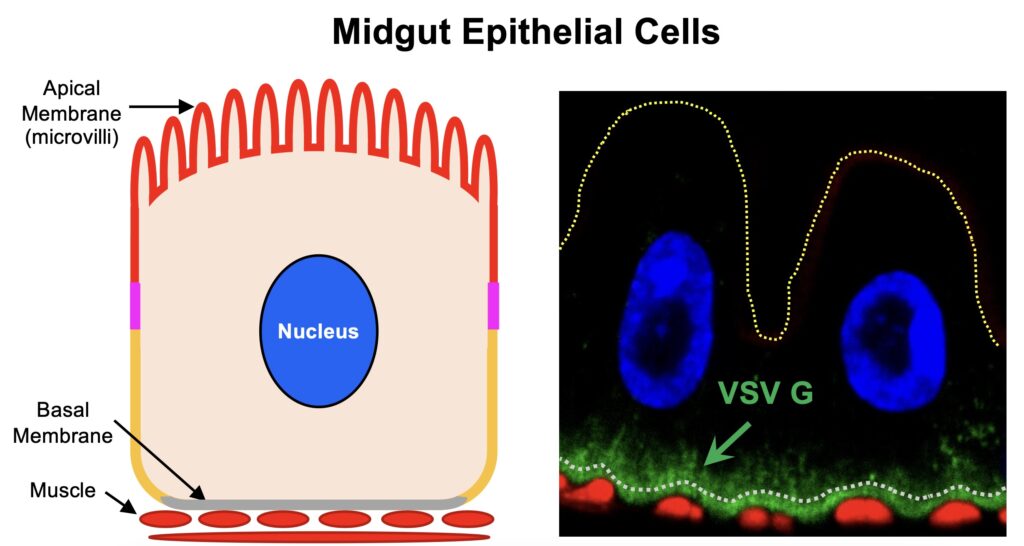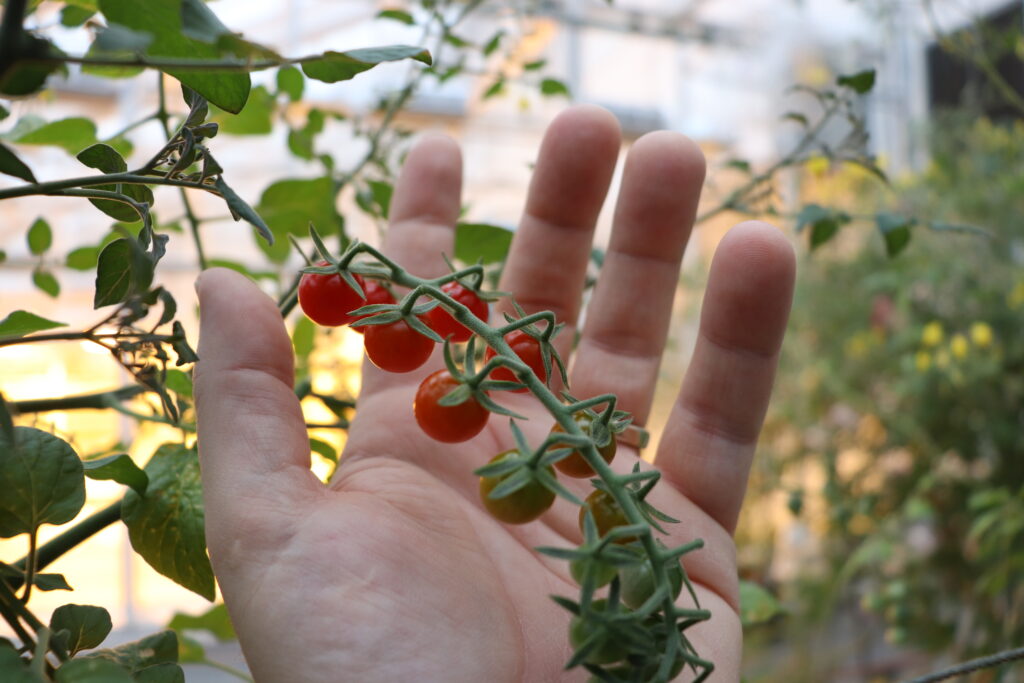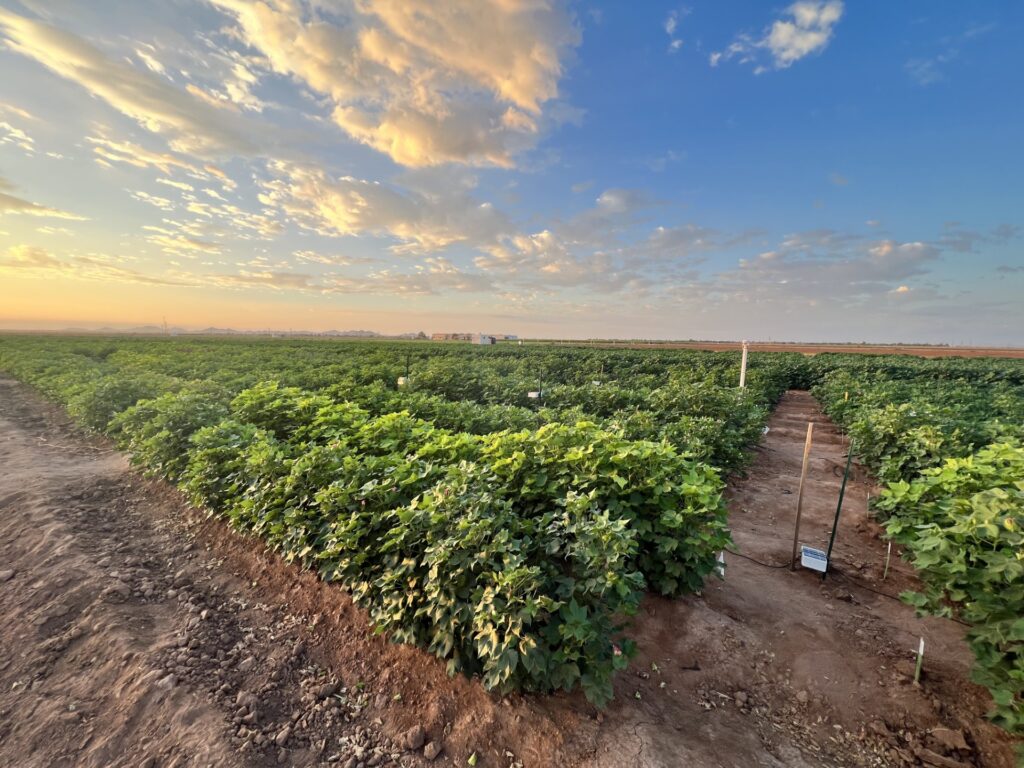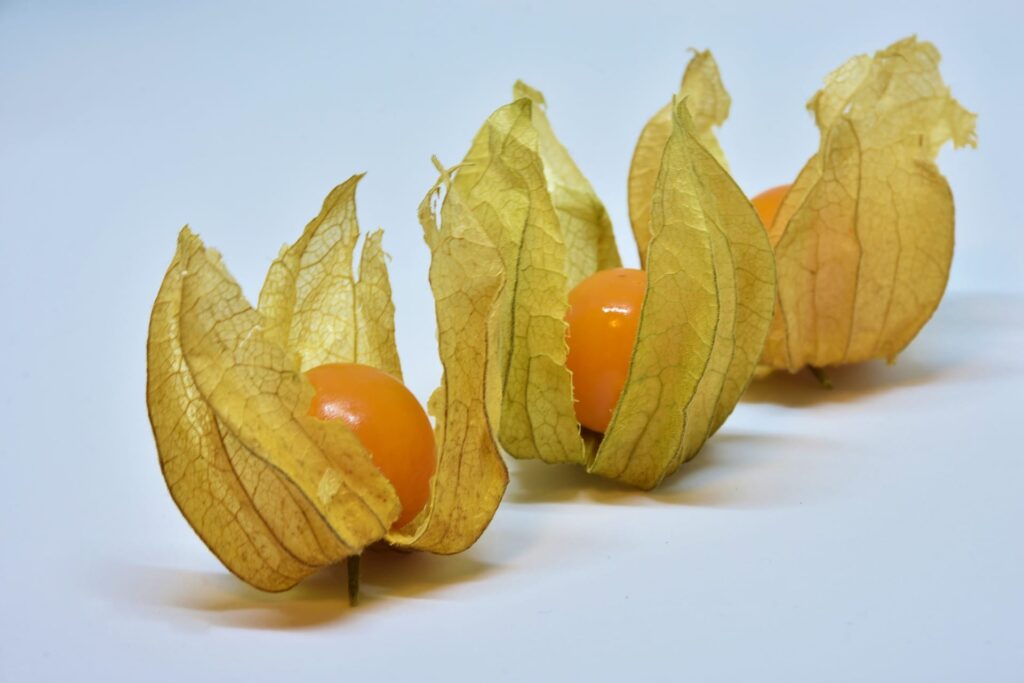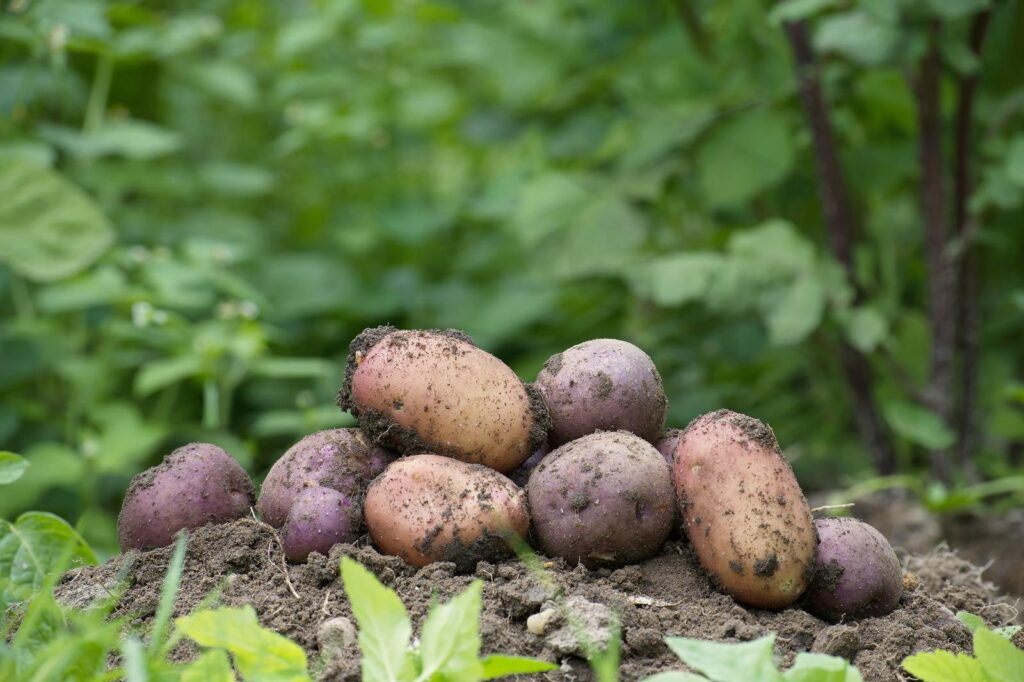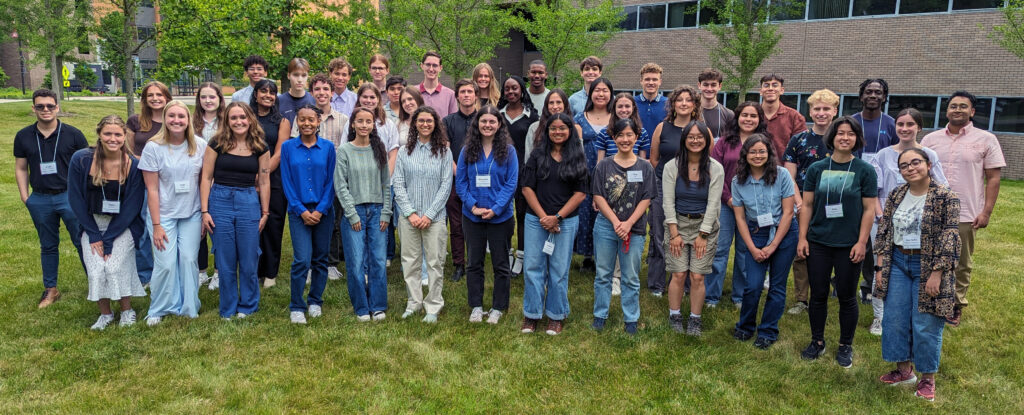Reflections on Dr. J. Alan Renwick (1936–2024)
With profound sadness, we learned of the passing of Dr. J. Alan Renwick, an esteemed emeritus professor at the Boyce Thompson Institute. He passed away peacefully at home, surrounded by family, on September 18th at the age of 88.Born in 1936 in...
The Unexpected Protein Connection in Maize Growth and Defense
Maize (corn) is one of the most important staple crops in the world and has been extensively studied. Yet, many aspects of the genetic mechanisms regulating its growth and development remain unexplored. Recent research revealed that a family of proteins...
How Viruses Move Through Insects for Transmission of Diseases
Viruses are master parasites that have adapted to infect many host species. Some viruses even use multiple hosts to spread their infections – such as arboviruses that use insects to move their infections to mammalian hosts like humans. Understanding how...
Faculty Cluster Hire: Promoting Collaboration and Addressing Gender Bias in Academic Hiring
In the world of academic science, hiring new faculty members typically follows a predictable pattern: candidates apply individually and are evaluated primarily on their personal achievements. What if there was a way to build more collaborative, diverse...
Unlocking the Secrets of Salt Stress Tolerance in Wild Tomatoes
As our climate changes and soil salinity increases in many agricultural areas, finding crops that can thrive in these challenging conditions is crucial. Cultivated tomatoes, while delicious, often struggle in salty soils. Their wild cousins, however,...
The surprising connection between your morning coffee and the battle between plants and herbivory insects
Written by: Matilda Bergsten, Jander Lab REU ResearcherEvery day, millions of cups of coffee are consumed all around the world. It is a beverage that is an integral part of the daily routines of many different cultures.Coffee isn’t just popular for its...
From Genes to Jeans: New Genetic Insights May Lead to Drought Resilient Cotton
Cotton is woven into the very fabric of our lives, from soft T-shirts to comfortable jeans and cozy bedsheets. It’s the world’s leading renewable textile fiber and the backbone of a global industry worth billions.As climate change intensifies, cotton...
Groundcherry Gets Genetic Upgrades: Turning a Garden Curiosity into an Agricultural Powerhouse
Imagine a small fruit that tastes like a cross between a tomato and a pineapple, wrapped in its own natural paper lantern. That's the groundcherry (Physalis grisea) - a little-known relative of tomatoes that's been quietly growing in gardens and small...
Unraveling the Origin and Global Spread of the Potato Blight Pathogen
A new study challenges the common theory that the devastating potato blight pathogen Phytophthora infestans originated in Mexico. Researchers meticulously reconstructed its global migration history and found it likely originated in the South American Andes before...
BTI Welcomes 2024 Undergraduate and High School Student Researchers
On June 3, Boyce Thompson Institute welcomed 46 undergraduate students from colleges across the country to experience the life of a researcher for 10 weeks. Now in its 24th year, BTI’s National Science Foundation (NSF) funded Plant Genome Research Program (PGRP)...



